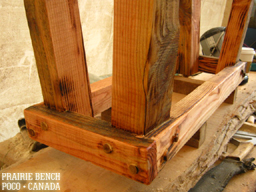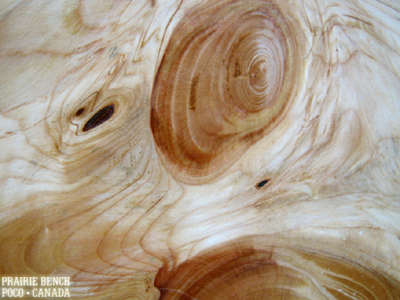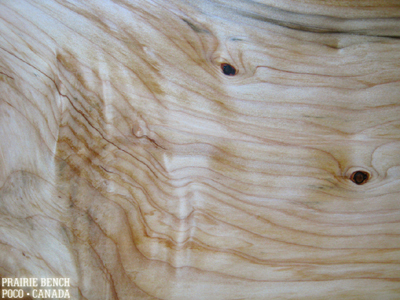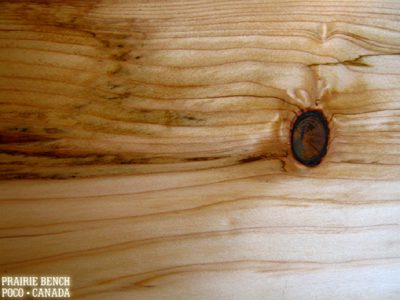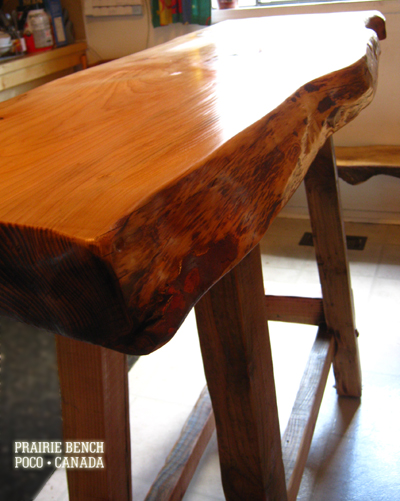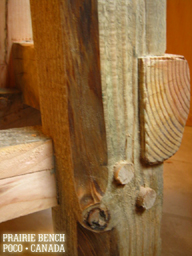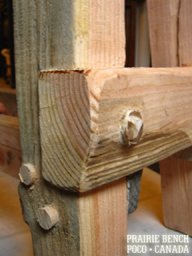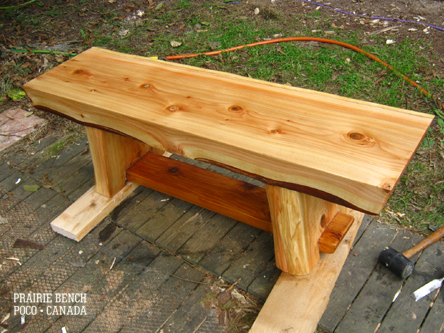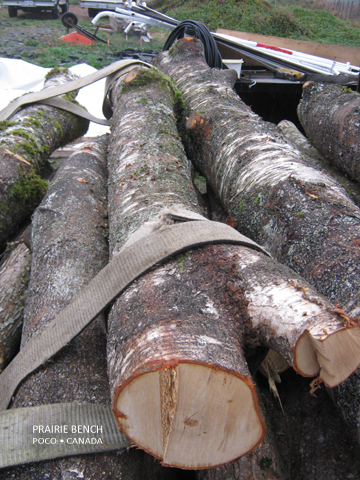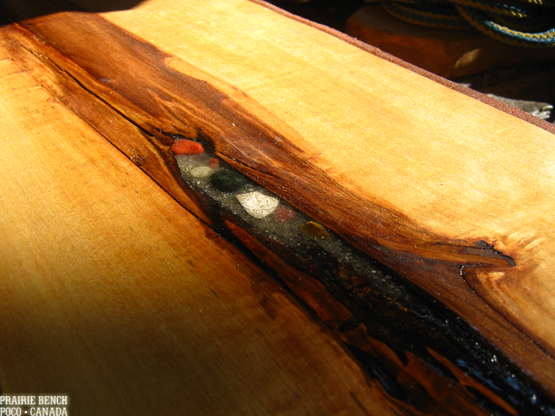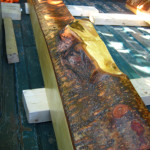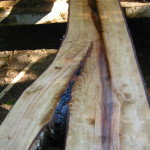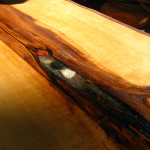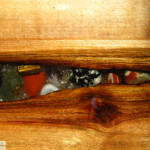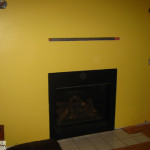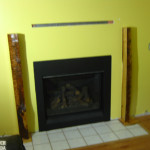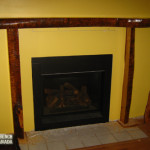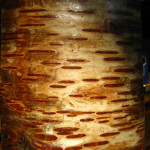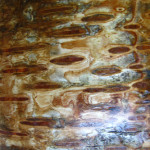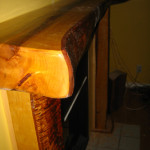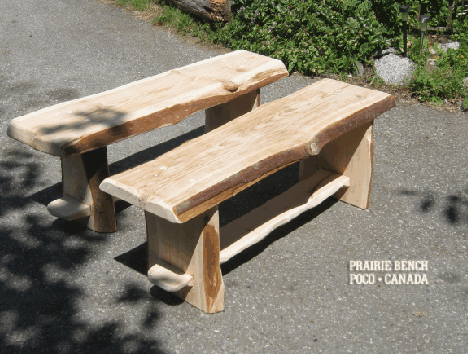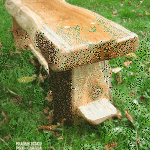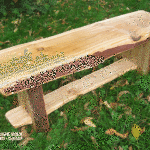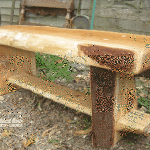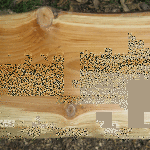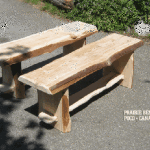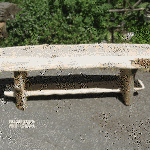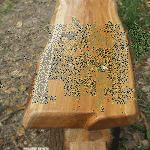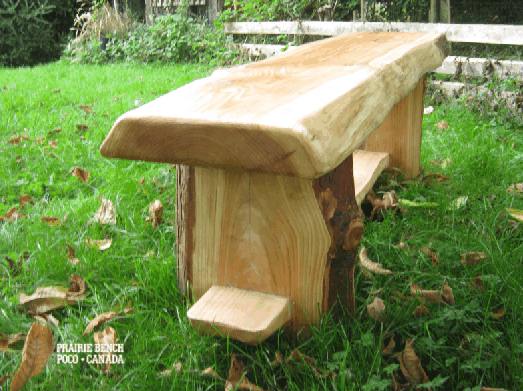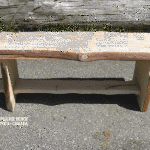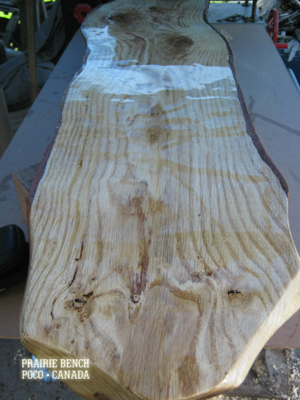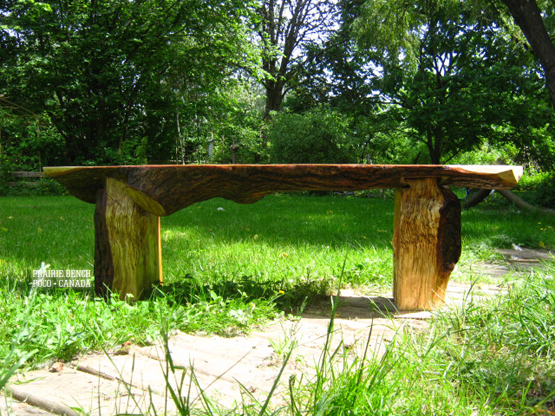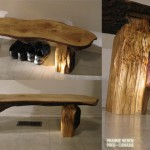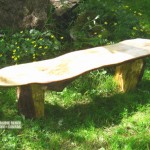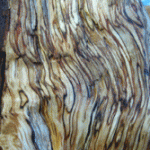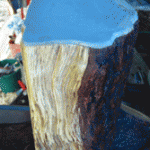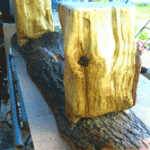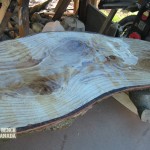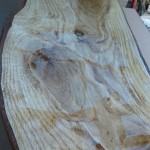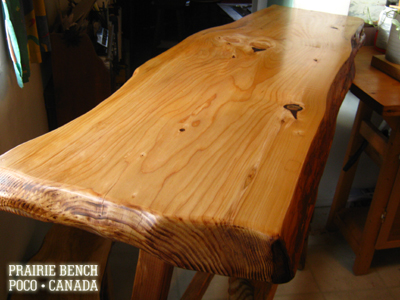
It’s big.
The piece:
Local Hemlock slab 3″ thick 60″x 20″ live edge
Local rough cut Fir timbers 4″ thick hand chiseled
Hazelnut dowels on frame
Hemlock dowels to moor slab
42″ tall
Rubber skid pads
Finished in polyurethane for easy polishing and durability
The hemlock slab was our work bench until we flipped it over and saw it had nice grain. So we polished it up with a hand planer and some high grit sand paper, and the result was stunning.
This piece is a fine example of West Coast Hemlock, and very strong. It is a soft wood, an evergreen, so the surface may get nicked and bumped—but that’s part of its story. We even left some of the original mill saw marks, and there is a compression mark from early in the tree’s history. It’s a wain cut so the slab does have a slight twist, compensated by the custom frame. Belly up to the bar, we estimate the load bearing for this unit to be about eight tons, however we only recommend the table for lattes and a few brews.
One side has a nice arc that invites patrons to sit around the server and bartender side has a convenient knot hole for tips. Each post of the fir frame is hand chiseled and joins in a locking pattern on three sides, then pinned with sturdy hazelnut hardwood dowels. Sanded smooth, the blunt dowels and over cut edges give the piece a sturdy wild west look and in the category Country Collection.
For matching chairs, we’ll shop for some nice iron ones to complement the piece.
Size: 42″ tall x 60″ long x 20″ wide
Finished in polyurethane
#270-BL-02-14
